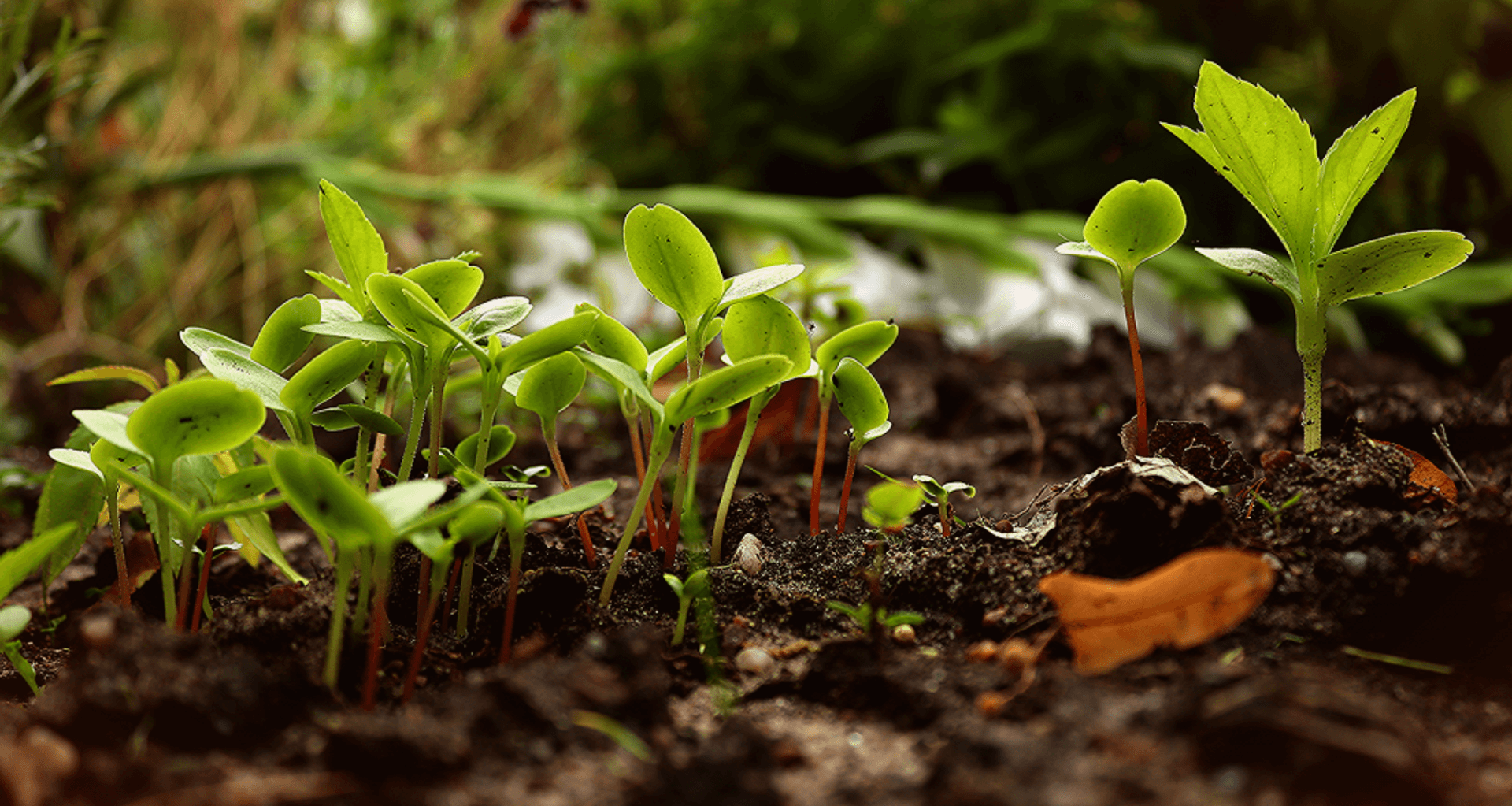COVID-19 At Home: Composting at Home

New Zealanders throw away 157,389 tonnes of food a year. That is equivalent to 271 jumbo jets of food that has to go somewhere to rot. Fortunately, we can make use of some of that waste and divert it to our gardens instead – via our compost bins.
Composting is nature’s way of recycling. Making your own compost is a natural and sustainable way to fertilise your garden and do your bit for the environment. In just a few months you can create an ongoing supply of organic fertiliser that’s packed with nutrients your garden will thrive on.The process of composting involves microorganisms breaking down organic waste into a soil-like material. It can be used as mulch or as soil amendment, where it can improve soil structure, conserve soil moisture and suppress weeds.
Establishing your home compost
Getting into composting at home is a relatively easy process that begins with choosing your bin and a good location to store it. In terms of bins, there are a range of alternatives to suit every household set up. From tumblers to recycled polypropylene bins and wooden crates to ‘heaps’ on the ground, doing a small amount of research will enable you to quickly establish what’s right for you.
The next step is to select the right location for your bin. An ideal area for composting is a well-drained area away from the house. It should be sheltered from wind and extreme heat; a shady spot is ideal. Because efficient composting relies on decent aeration, setting your compost up on well-drained soil is highly recommended. By setting your compost up on soil, you’ll also allow earthworms to penetrate your heap and help with decomposition. Prepare your patch by removing grass and breaking up the topsoil so that the heap can drain effectively.
Once your patch is prepared, set up your bin and begin to build up the layers by blending carbon and nitrogen, a.k.a organic garden and food waste materials. Examples of carbon-based materials are leaves, sticks, twigs and small pieces of cardboard and newspaper. Examples of nitrogen-based materials include fruit and veggie scraps, grass clippings, eggshells, coffee grounds, tea leaves and even hair! To ensure composting can happen efficiently, only add small items to your compost; a good guide is no bigger than your pinky finger. This means breaking up twigs and sticks so that they’ll decompose quickly. Keep your layers even and about 10cm thick. For every layer of garden waste, add a layer of food scraps.
Additionally, you can add layers of compost enhancers, such as lime. Add this to each layer will speed up the composting process and has the added bonus of reducing the smell and deterring flies. Avoid adding meat and dairy food scraps, as well as bread, as this waste will attract vermin. You’ll also want to avoid adding weeds or diseased plant material to your compost, as this would risk weeds and disease spreading to your garden via your compost material. You can also sprinkle layers of soil in your compost bin, as well as some water. Don’t be too liberal with the water, or you’ll end up with a compost bin that is swampy, smelly and ineffective.
Micro-organisms function best when warm and moist, so pop a tight-fitting lid on top of your bin and leave them to get to work. Remember to turn your compost regularly to aid in aeration and speed up the composting process. Using a pitchfork is typically the easiest way to turn the compost. If you notice the compost is looking a bit dry, sprinkle some water over it before you replace the lid. Your compost is ready once its dark brown, crumbly and has a nice earthy smell to it. This usually takes around 4 to 5 months, although this process can be longer over colder periods like winter.
Once it’s ready to go, use it as mulch to spread on your flowering plants, your veggie garden and your shrubs and rose bushes. By using compost on your garden you’ll be conditioning your soil as important micronutrients are re-added to the soil. Your garden will thank you for it!
You can add as many text blocks as you like or just use one big text block.
You can also click the teaser text at the top of the page to edit it.
